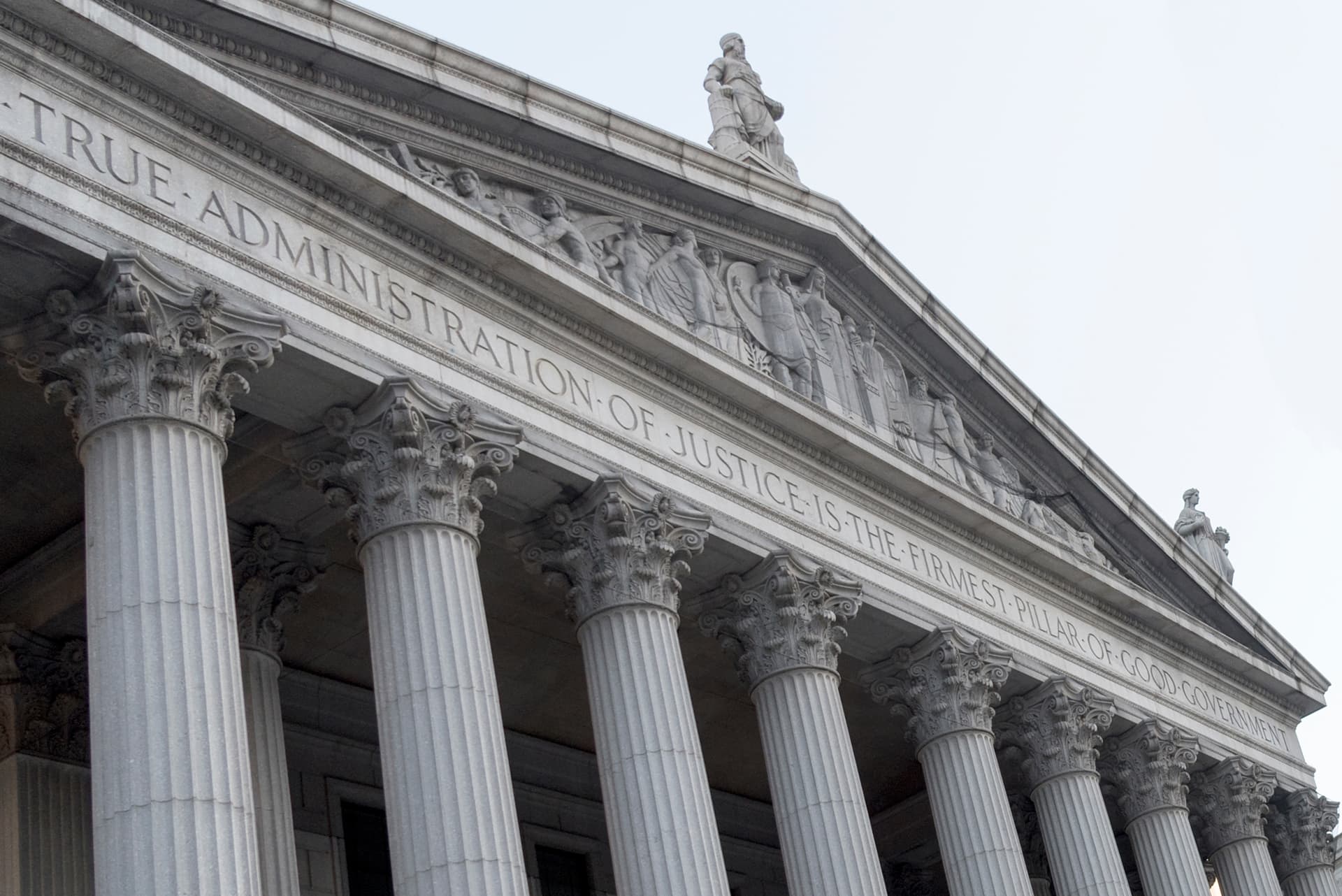
Usually, political bickering in Albany involves New York’s controversial scaffolding law. This time, it involves an obscure piece of legislation which, depending on who you listen to, would either put good people out of work or protect individuals like 22-year-old Carlos Moncayo.
In 2015, several thousand pounds of dirt literally buried Moncayo alive as he worked in a non-reinforced pit. At trial, prosecutors argued that since Moncayo was undocumented, his boss pressured him to work in a dangerous area. The contractor, Harco Construction, later paid a $10,000 fine, the maximum allowed by law. Manhattan DA Cyrus R. Vance Jr. said the small fine was “Monopoly money” to the company.
Carlos’ Law would raise the maximum fine to $300,000 in misdemeanors and $500,000 in felonies. Business groups opposed the law from the beginning. Building Trades Employers’ Association president Louis Coletti is asking for changes that shield supervisors from legal responsibility and raises the standard of proof. Coletti also claims the bill would cripple women and minority-owned contractors who cannot afford to pay big fines.
Current Manhattan DA Alvin Bragg has urged New York Governor Kathy Hochul to sign Carlos’ Law, which he said would establish “meaningful deterrence.” Gov. Hochul’s office has said she’s reviewing the matter.
Fatal Four Construction Injuries
The construction industry in New York, especially in the Big Apple, is very lucrative and very competitive. Companies stand to make considerable profits, if they push their workers to the breaking point. As a result, fatal construction injuries are all too common in New York. The major ones are:
The Occupational Safety and Health Administration estimates that the Fatal Four account for about half the fatal construction site injuries in New York. Unfortunately for victims, OSHA is also one of the smallest federal regulatory agencies. Therefore, workers cannot count on lawmakers and bureaucrats, in Washington, Albany, or anywhere else, to protect them.
The Scaffolding Law
New York State Labor Law § 240 requires contractors to place safety rails on all scaffolds more than twenty feet above ground. That’s a pretty obscure requirement. However, courts have consistently said the scaffolding law imposes strict liability on construction and other contractors if a worker is injured in a gravity-related fall.
To a New York personal injury attorney, strict liability has a special meaning. In much the same way as a workers’ compensation claim, which is outlined below, strict liability claimants don’t have to prove negligence or fault. However, additional damages, including additional punitive damages, are usually available in strict liability cases.
The safety standard is high because the risk is high. Many companies are in such a hurry to complete projects that they care little about workplace safety.
Workplace Accidents and Workers’ Compensation
We hesitate to use the a-word because this word has some very negative connotations in this context. Way back in the day, factory owners called these incidents “industrial accidents” to shift blame away from their dangerous worksites and onto the injured victims.
So, in the early 1900s, workers collectively agreed to give up their right to sue in court if their managers funded a no-fault injury compensation system that replaced lost wages and paid their medical expenses.
At the time, the deal was fair for both sides. Over the years, it’s become increasingly one sided. Insurance company interests now dominate the workers’ compensation bureaucracy. At best, these bureaucrats delay the injury compensation process. Much more often than not, they torpedo it. Additionally, lawmakers keep workers’ compensation insurance premiums artificially low. As a result, there’s less money available to compensate injured victims.
Nevertheless, when workers’ compensation works, it works very well. Available no-fault benefits include:
Injured victims who have New York personal injury attorneys consistently get about two or three times as much money as unrepresented victims.
Nonsubscriber Cases
This n-word is Legalese for a job injury that workers’ compensation doesn’t cover. We discussed one type of nonsubscriber case, scaffolding construction injuries, above.
The law requires most companies to carry workers’ compensation insurance. Many companies either ignore this requirement or try to cheat their way around it. For example, a boss might lie about the number of workers or the amount of money they make. When insurance companies discover these lies, they usually refuse payment.
In both situations, injured workers may file civil damage claims. Basically, negligence is a lack of care. This standard is below criminal negligence, the standard in the proposed Carlos’ Law. Uninsured companies cannot use some silver bullet defenses, like assumption of the risk and comparative fault. So, it’s easier to establish negligence and obtain maximum compensation in these cases.
Other nonsubscriber cases include defective product injuries and intentional or reckless employee injuries. Manufacturers cannot hide behind workers’ compensation laws and avoid taking responsibility for the dangerous products they sell. By design, workers’ compensation only applies to unintentional injuries.Injured victims are entitled to substantial compensation. For a free consultation with an experienced New York personal injury lawyer, contact the Pianko Law Group, PLLC. Virtual, home, and hospital visits are available.